A team from Canada and the US has demonstrated that InP/ZnS quantum dots show low levels of cytotoxicity in cell lines related to reactive oxygen species production.
Indium phosphide quantum dots have emerged as a less hazardous alternative to cadmium-based particles, but their cytotoxicity has not been well examined, says the team, until now. Although their constituent elements are of very low toxicity to cells in culture, they nonetheless exhibit phototoxicity related to generation of reactive oxygen species by excited electrons and/or holes interacting with water and molecular oxygen, they add.
Using spin-trap electron paramagnetic resonance spectroscopy and reporter assays, the researchers found a considerable amount of superoxide and a small amount of hydroxyl radical formed under visible illumination of biocompatible InP quantum dots with a single ZnS shell, comparable to what is seen with CdTe. A double thickness shell reduces the reactive oxygen species concentration approximately two-fold. Survival assays in five cell lines correspondingly indicate a distinct reduction in toxicity with the double shell InP quantum dots. Toxicity varies significantly across cell lines according to the efficiency of uptake, being overall significantly less than what is seen with CdTe or CdSe/ZnS.
This indicates that InP quantum dots are a useful alternative to cadmium-containing quantum dots, while remaining capable of electron-transfer processes that may be undesirable or which may be exploited for photosensitisation applications, concludes the team.
Read the Nanoscale article today:
H Chibli, L Carlini, S Park, N M Dimitrijevic and J L Nadeau, Nanoscale, 2011
DOI: 10.1039/c1nr10131e











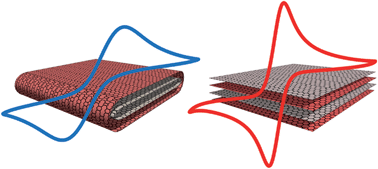 Electrochemistry of folded graphene edges
Electrochemistry of folded graphene edges
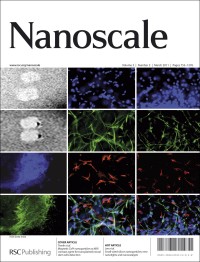
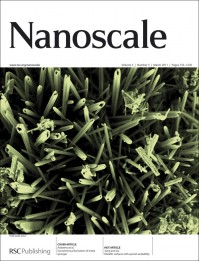
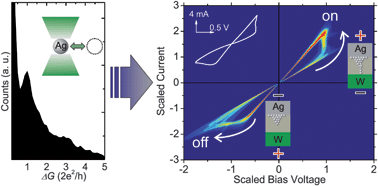 From stochastic single atomic switch to nanoscale resistive memory device
From stochastic single atomic switch to nanoscale resistive memory device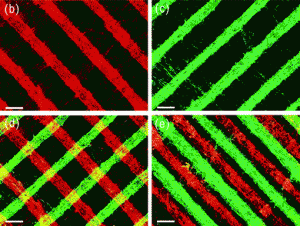
 HOT Nanoscale paper
HOT Nanoscale paper